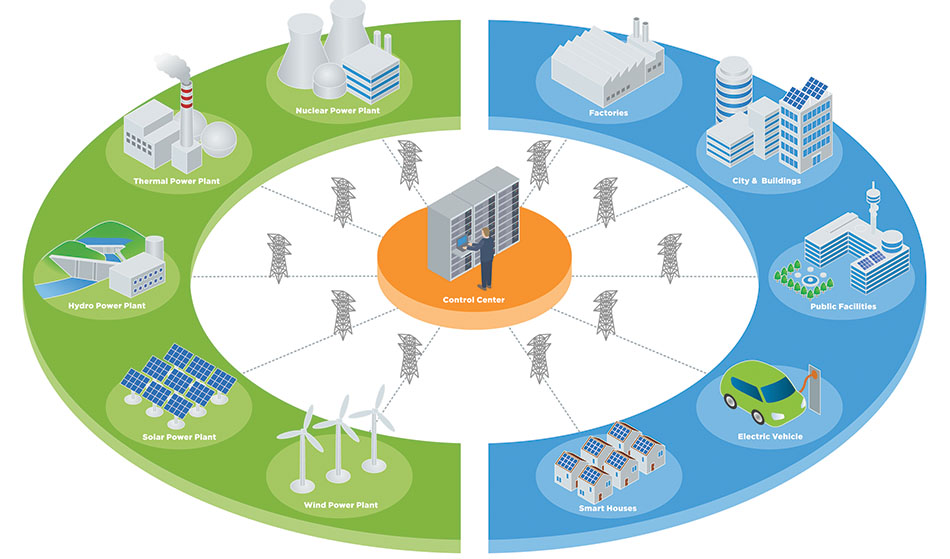
metamorworks / Shutterstock
The global mining industry is one of the world’s largest energy consumers. In 2017, the US mining sector alone accounted for around 11% of total industrial energy consumption in the country.
In Australia, it’s estimated that their mining industry consumes roughly the same amount of energy annually as the entire country of Portugal, and when you add in the associated transportation energy consumption it grows equal to the entire annual energy consumption of Spain.
Alternative Resources of Power
With fossil fuels becoming depleted, the world’s industries are looking to alternative resources to provide a reliable source of power. As a mammoth energy consumer, this issue is magnified for the mining industry, but luckily mining companies are figuring out how to embrace renewable energy in a way that works for them.
The problem is that energy from renewable sources can be intermittent as it relies on natural inputs such as the wind and the sun, which aren’t continually available. Currently, major players in the industry are looking to microgrids to help solve the problem.
Recent years have seen major projects taking place, which looked to incorporating microgrids and energy storage to reduce reliance on fossil fuels in the mining industry. The idea is that energy from renewable sources will be stored and then distributed through a local microgrid as and when the power is needed.
Energy Storage Facilities
There have been a few examples of the successful implementations of these kinds of projects in the last few years. Some of the most notable are projects by British–Swiss mining company, Glencore. The company has been using a variety of different storage facilities across its numerous global sites, from storing wind power as hydrogen to using batteries to store solar power. The company aims to reduce its diesel consumption by having its own resource of stored energy that they can distribute through a microgrid.
At their mine in northern Canada, Glencore has successfully incorporated a flywheel, batteries, an electrolyzer and fuel cells for hydrogen storage into their energy storage facility. In times when wind energy produces more power than is required, the surplus of energy is stored as hydrogen through the electrolysis of water. This hydrogen is then stored in tanks, to be used as fuel to be distributed on the microgrid when energy input from their wind resource is low.
The benefits of this system will be in reducing the company’s use of fossil fuel energy, it is predicted that this will result in around a 50% decrease in diesel consumption. Models like the one that Glencore has established will, in theory, be able to be rolled out to other mining locations, enabling the industry to reduce its use of fossil fuels.
Glencore already has plans to install wind farms along with storage systems at their other locations, and they have plans to extend the use of their stored hydrogen to also power the vehicles used in mining operations.
The project costs around $18.1 million to implement, and while expensive, it is seen as a necessary cost to develop a system that will disrupt the entire industry, helping it to manage its energy consumption, reduce its carbon footprint, and future-proof it for when fossil fuels become depleted.
A Viable Solution to Reduce Consumption of Fossil Fuels
Energy storage alongside the use of microgrids has been shown to be a viable solution to reducing the consumption of fossil fuels in the mining industry. It is seen as the logical next step for many key players in the industry, who are looking for a reliable system to help them switch from fossil fuels to clean, renewable energy sources.
With projects like the one at Glencore still ongoing, we are likely to see further developments in the near future, with more big companies transforming their energy usage in similar ways.
Source
Disclaimer: The views expressed here are those of the author expressed in their private capacity and do not necessarily represent the views of AZoM.com Limited T/A AZoNetwork the owner and operator of this website. This disclaimer forms part of the Terms and conditions of use of this website.